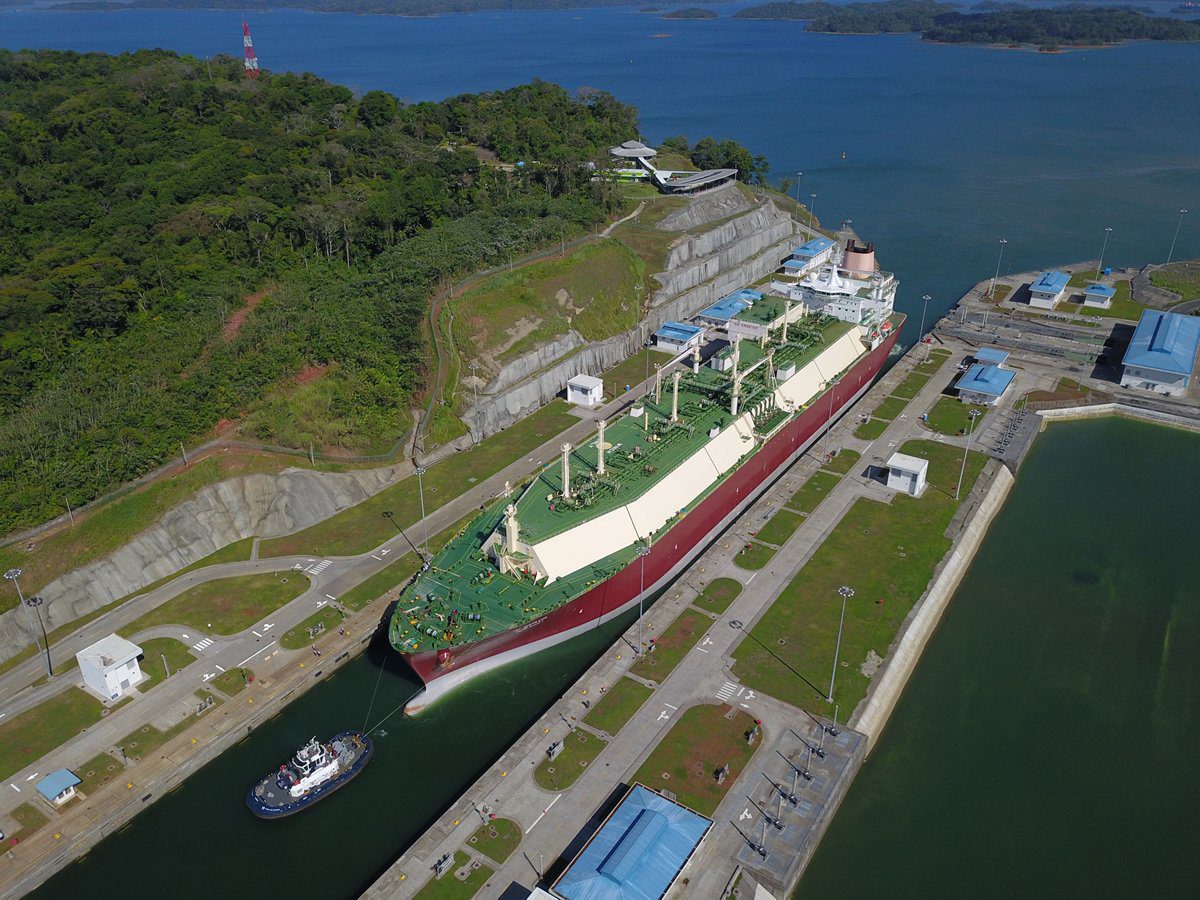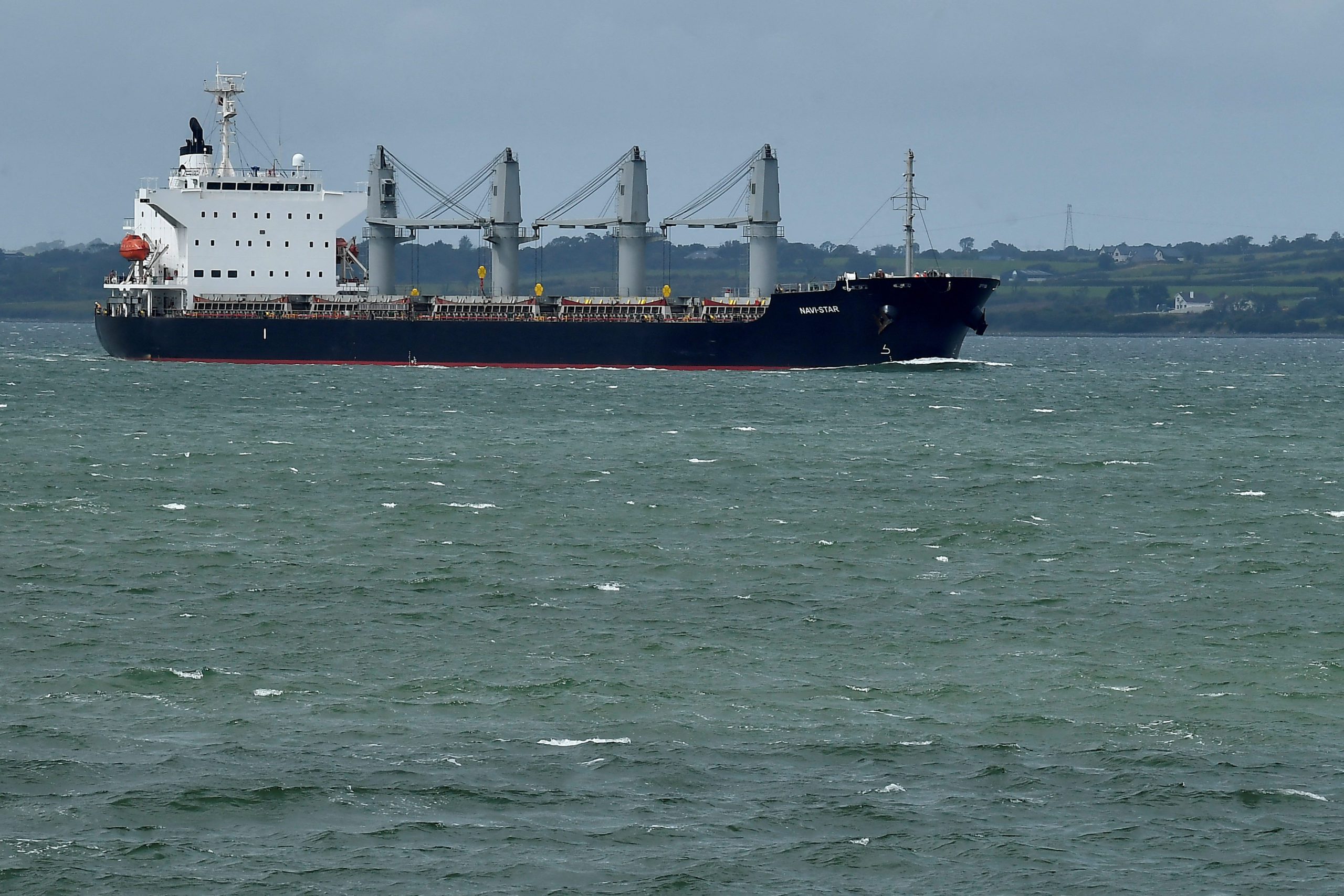The Panama Canal reported record tonnage in its 2021 fiscal year amid unprecedented supply chain challenges. Containers led in total tonnage, while LNG, LPG, vehicle carriers and dry bulk carriers drove overall growth.
FY2021, which ran between October 1, 2020 and September 30, 2021, closed at a record-breaking annual tonnage of 516.7 million Panama Canal tons (PC/UMS), coming in 8.7% higher compared to the FY2020 and 10% above tonnage registered in FY2019, the last pre-pandemic fiscal year.
The Panama Canal Authority said containerships continued to reflect a surge in demand for finished consumer products, as increased purchases during the pandemic stressed supply chains and caused congestion in ports worldwide. Containerships registered 184.3 million PC/UMS tons, a 2% increase from tonnage compared to FY2020.
LNG carriers saw the biggest gains across all segments, registering a 31.4% increase in tonnage for a segment record or 61 million PC/UMS tons. LNG also set new annual records for total transits as more LNG terminals located in in the Gulf Coast and the East Coast of the U.S. expanded their operations, spurring an increase in exports shipped to Asia. LNG also set new monthly tonnage and transit records in January 2021, fueled by record winter temperatures in Asia.
“LNG is not only growing the fastest, but it has had its best year in terms of tonnage through the Canal,” said Ilya Espino de Marotta, Deputy Administrator of the Panama Canal. “However, this year’s figures across segments demonstrate the Canal can adapt and meet fluctuating market needs, as shown earlier this year, when we modified the Panama Canal reservation system to offer our customers additional booking options and flexibility.”
LPG and vehicle carriers followed LNG in segment growth, closing FY21 with an 18.4% and 15.6% increase in tonnage through the waterway, respectively. While vehicle carriers saw growth in FY21, the segment is yet to fully recover from the pandemic-driven dip in traffic, similar to passenger vessels (cruise ships), which are expected to continue their gradual return to the waterway in FY22.
Cruise ships are expected to return thanks to proposed modifications to the segment’s tolls, which are expected to be approved in the coming weeks.
Looking at the main trade routes using the Panama Canal by tonnage, the U.S. East Coast – Asia ranked as number one, followed by the U.S. East Coast – West Coast of South America, West Coast of South America – Europe, South America Intercoastal, and the East Coast South America – Asia route. The has replaced the East Coast U.S. – West Coast of Central America route in the Canal’s top five routes. South Korea also moved up the ranks to become the fourth top user of the waterway this year, preceded by the United States, China, and Japan, with Chile coming in fifth, the Panama Canal Authority said.
All in all, the Panama Canal recorded a total of 13,342 transits in FY2021, driven by an increase in Neopanamax transits through the Expanded Panama Canal.
Panamax transits declined, an anticipated shift accelerated by the impact of the COVID-19 pandemic, as shipping lines consolidated more cargo onto larger ships to decrease frequent transits. To facilitate this transition, Panama Canal increased the maximum allowable length (LOA) for vessels transiting the new and larger Neopanamax Locks. The waterway also began offering a 50-foot draft, the highest level allowed at the Neopanamax Locks.
A combination of effective water management and an increase in rainfall, allowing for the higher draft, ultimately increased the waterway’s capacity to maneuver larger and heavier vessels.
“I am grateful for and proud of our world-class workforce, whose resilience and dedication allowed us, throughout the pandemic, to continue providing a service of excellence and enabling the uninterrupted delivery of essential goods around the world,” said Panama Canal Administrator Ricaurte Vásquez Morales. “This commitment was key in our ability to manage a record tonnage, which reinforces the Expanded Canal’s value to global trade after five years of successful operations.”

 Join The Club
Join The Club











